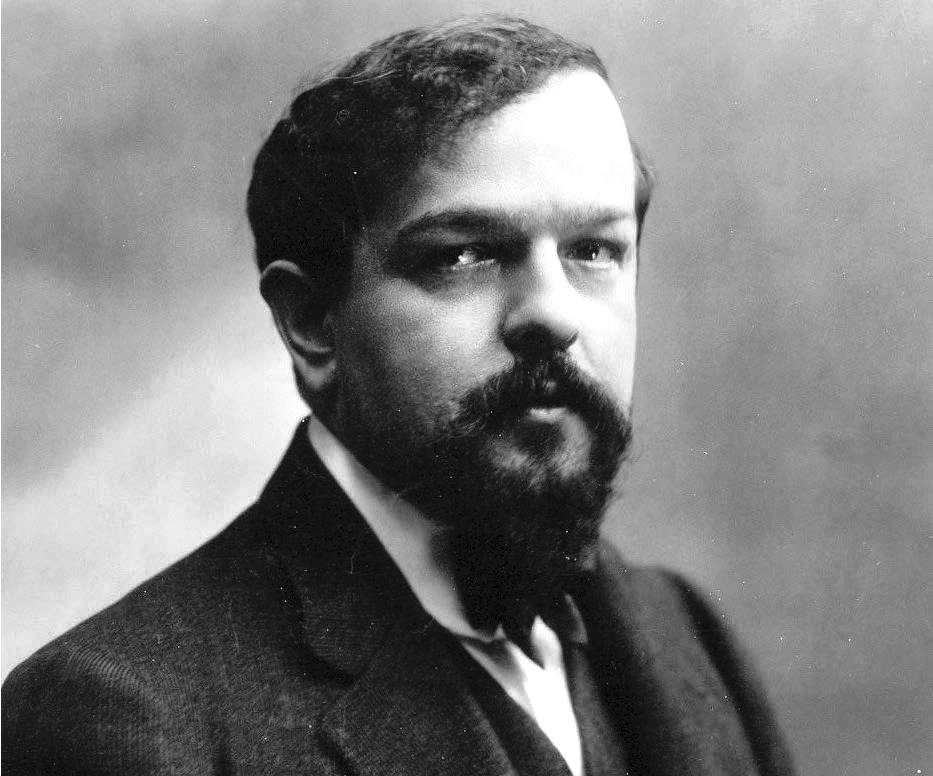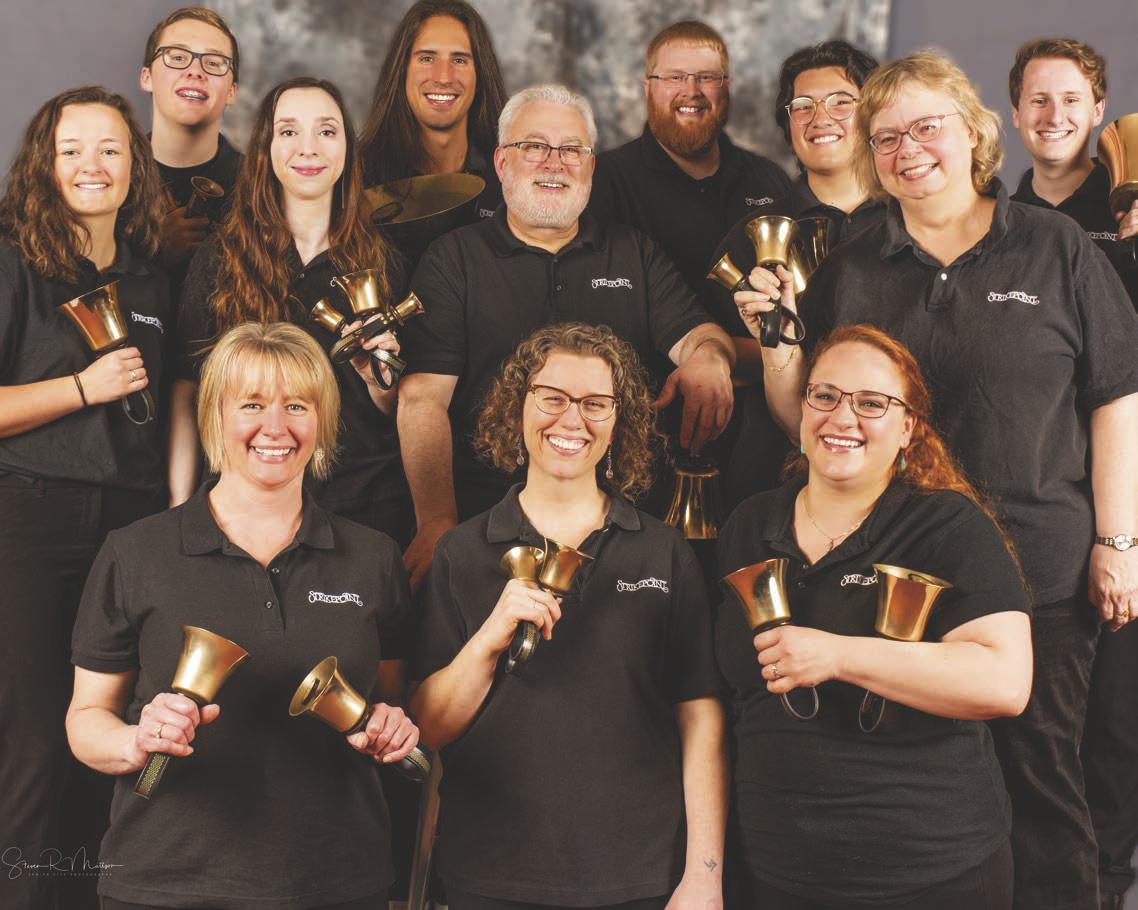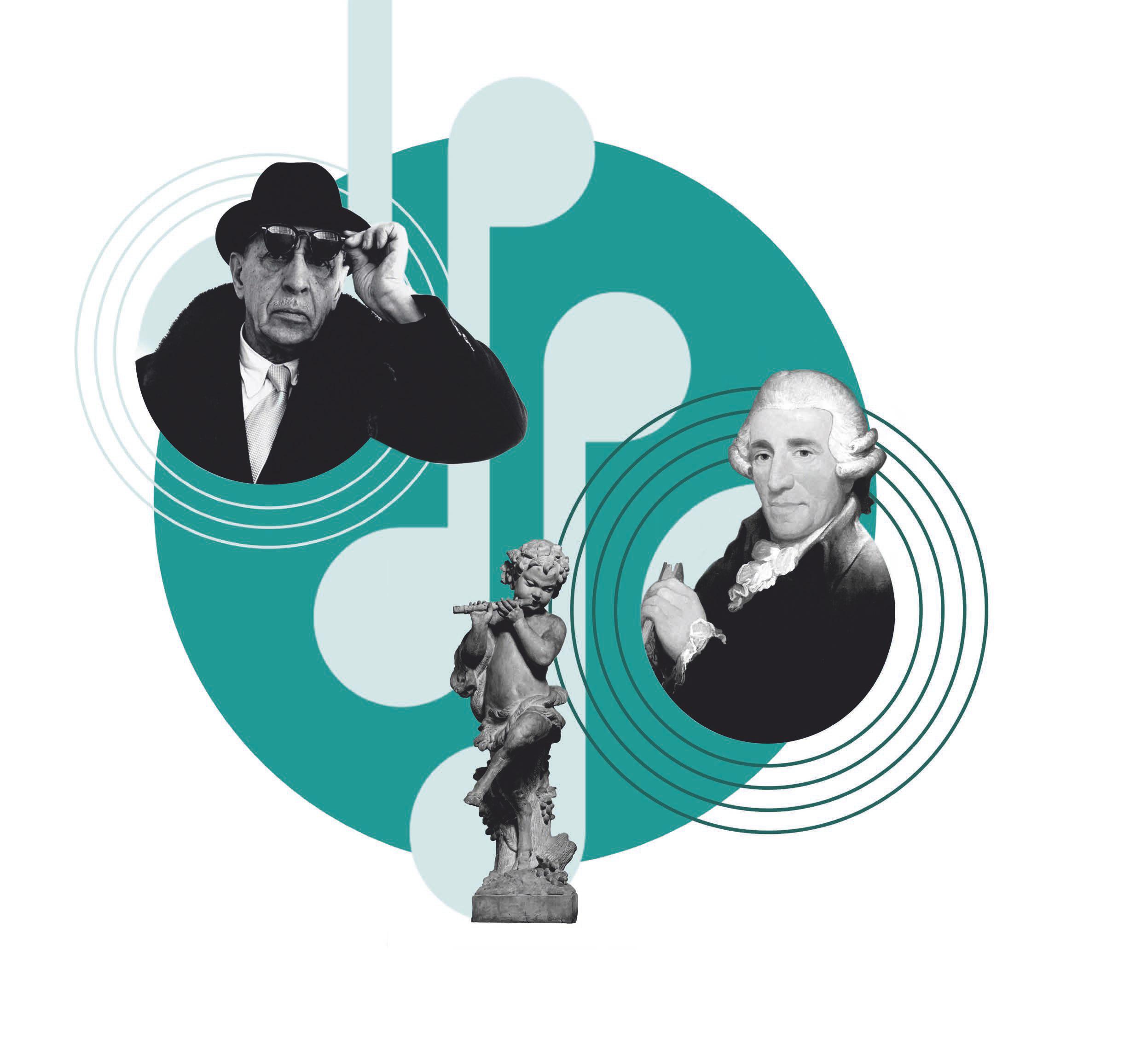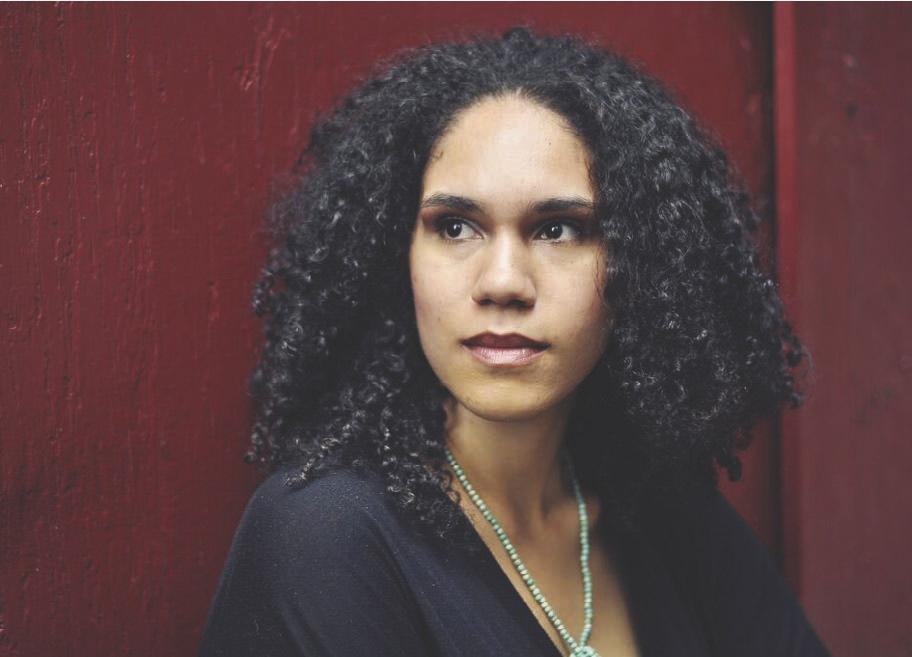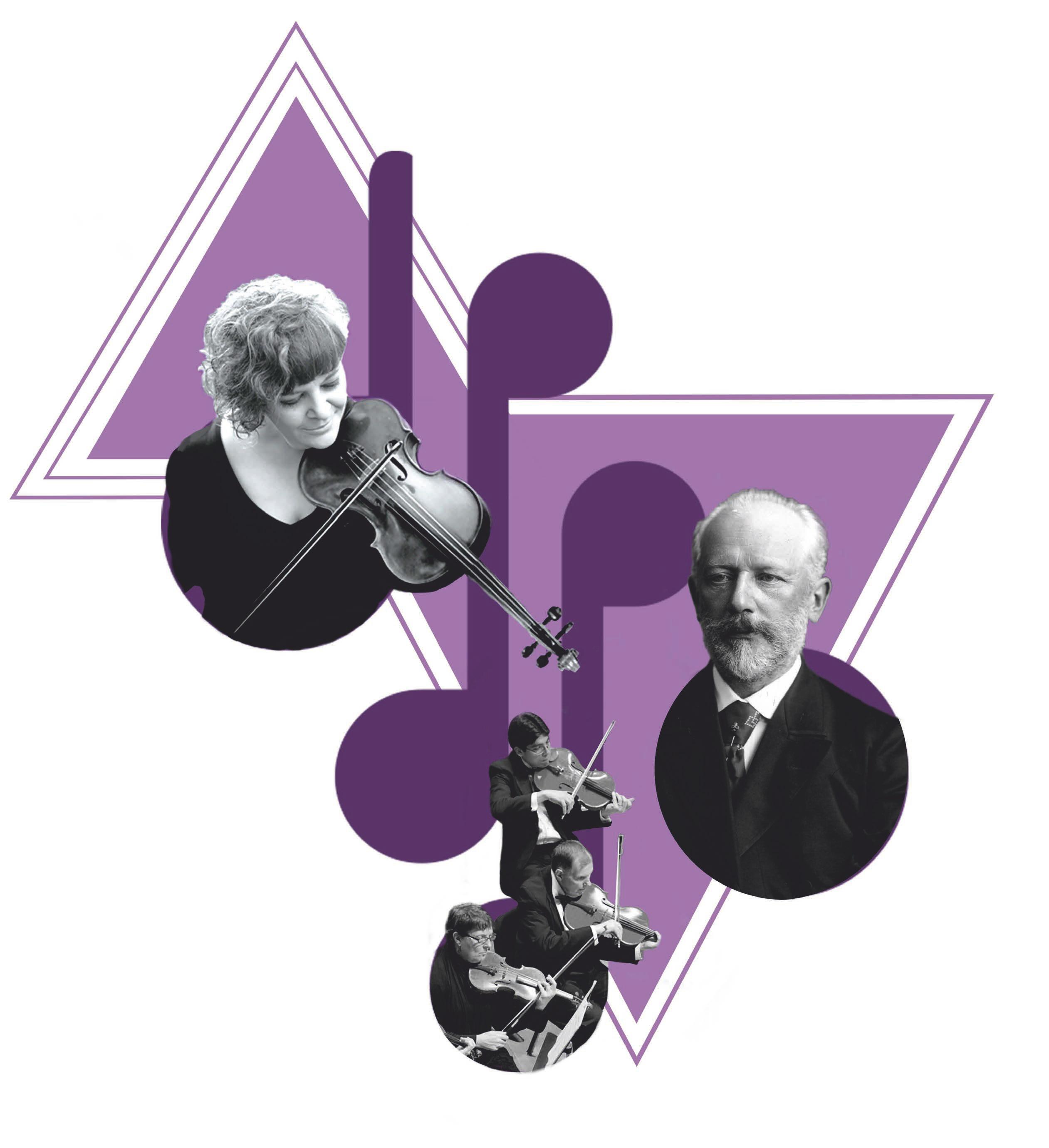MASTERWORKS 2
PRELUDE TO THE AFTERNOON OF A FAUN CLAUDE DEBUSSY: Born: August 22, 1862, Saint-Germain-en-Laye, France Died: March 25, 1918, Paris, France Work Composed: 1894 World Premiere: December 22, 1894, in Paris, Gustave Doret conducting at a concert of the Société National de Musique; Fradiani version: June 19, 2018, in Freiburg, Germany Performance History: Tonight marks the DSSO’s eleventh Masterworks Series performance of this work. It was also heard in 1936, 1941, 1946, 1953, 1958 1970, 1980, 1988, 1998 and on April 17, 2010. Instrumentation: Flute, oboe, clarinet, horn, harp (or piano) and strings. Claude Debussy was one of the most influential composers of the late 19th and early 20th centuries. He developed his own style of harmony and orchestral coloring, leading him to be considered the first Impressionist composer, although he vigorously rejected the term. Impressionist is mostly used to describe the late 19th century French paintings of Monet, Pissarro, Renoir and others. English musicologist Richard Langham Smith describes it as musical compositions that are “concerned with the representation of landscape or natural phenomena, particularly the water and light imagery dear to Impressionists, through subtle textures suffused with instrumental color.” Some of Debussy’s most well-known orchestral works that reflect this style include Nocturnes, Images, La Mer and Prélude à L’après-midi d’un faune. The Prelude is one of Debussy’s most famous works and is considered a turning point in the history of music. Pierre Boulez considered it the beginning of modern music, saying that “the flute of the faun brought new breath to the art of music.”
PIERRE BOULEZ CONSIDERED IT THE BEGINNING OF MODERN MUSIC, SAYING THAT “THE FLUTE OF THE FAUN BROUGHT NEW BREATH TO THE ART OF MUSIC.”
24 DULUTH SUPERIOR SYMPHONY ORCHESTRA
CLAUDE DEBUSSY French poet Stéphane Mallarmé’s poem L’après-midi d’un faune provided the inspiration, as Debussy described: The music of this prelude is a very free illustration of Mallarmé's beautiful poem. By no means does it claim to be a synthesis of it. Rather there is a succession of scenes through which pass the desires and dreams of the faun in the heat of the afternoon. Then, tired of pursuing the timorous flight of nymphs and naiads, he succumbs to intoxicating sleep, in which he can finally realize his dreams of possession in universal Nature. The unsuspecting audience at the premiere had never heard such free and sensuous music before. The improvisational quality would become a Debussy trademark. The premiere’s conductor Gustave Doret recalled that first performance: There was a vast silence in the hall as I ascended the podium with some emotion, but full of confidence. I waited a long moment, after imposing silence on the audience, then our marvellous flutist Barrère unrolled his opening theme. Suddenly I felt behind my back a completely captivated public! The triumph was complete, so much so that I did not hesitate to break the rule forbidding encores. The orchestra was delighted to repeat this work, which it had come to love and which, thanks to them, the audience had now accepted. Although Mallarmé was not pleased that his poem was being used as a basis for music, he wrote to Debussy after the premiere, “I have just come out of the concert, deeply


